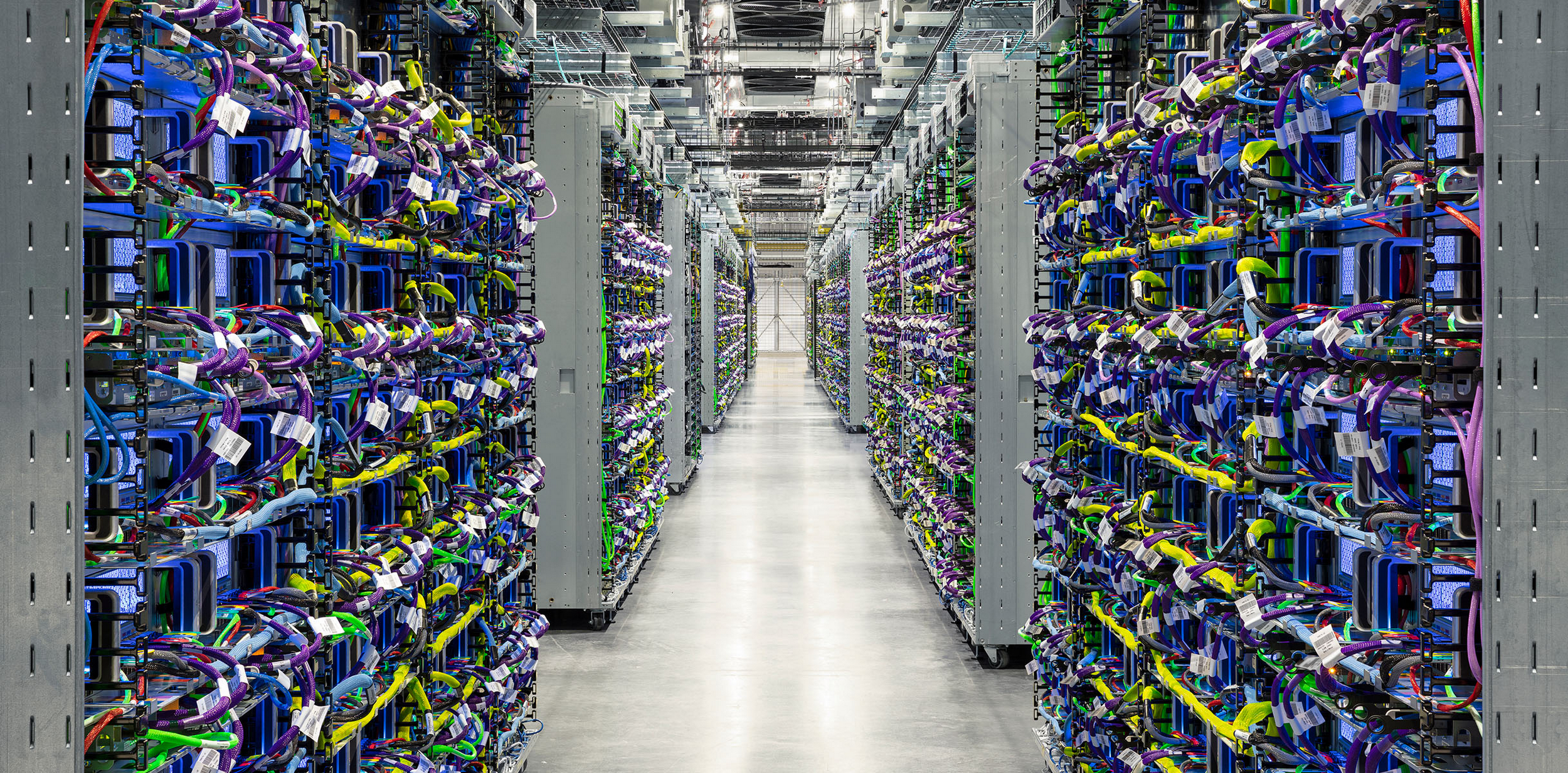I remember reading your article on LinkedIn. While I agree that CUDA is an important differentiator for Nvidia, there was one quip you made at the end that made me wonder about you:I recently wrote a memo about this and posted on Linkedin:
(I'd welcome feedback to tell me where I'm wrong also)
NVIDIA’s CORNERSTONE for UNMATCHED DOMINANCE in AI (CUDA)
"We Have No Moat, And Neither Does OpenAI" proclaimed a leaked paper circulated internally at Google. We believe that this is true for most AI businesses.www.linkedin.com
To the question "Can AMD close the gap?", I think the answer is resoundingly no. The gap is actually a software gap and AMD won't be the ones that close it. Some journalists have been touting PyTorch as the competitor to CUDA but PyTorch was actually developed by Meta and runs on CUDA. So I think you'll have to see Meta / OpenAI / the rest of big tech create a first class machine learning library that gains traction before AMD becomes a viable competitor here.
How exactly does MacOS limit the development or execution of Excel as compared to Windows?Just as you would build a financial model in Excel, you would build your new, clever AI chatbot using PyTorch (or Triton). PyTorch relies on either CUDA or ROCm and similarly, Excel relies on an operating system, either Windows or MacOS. The catch, as there always is, is that PyTorch on ROCm is limited in just the same way that Excel on MacOS is annoyingly inferior to Excel on Windows.
As for your assertions about ROCm, I'm still studying what AMD has posted, so I don't feel qualified to make any comments yet.

